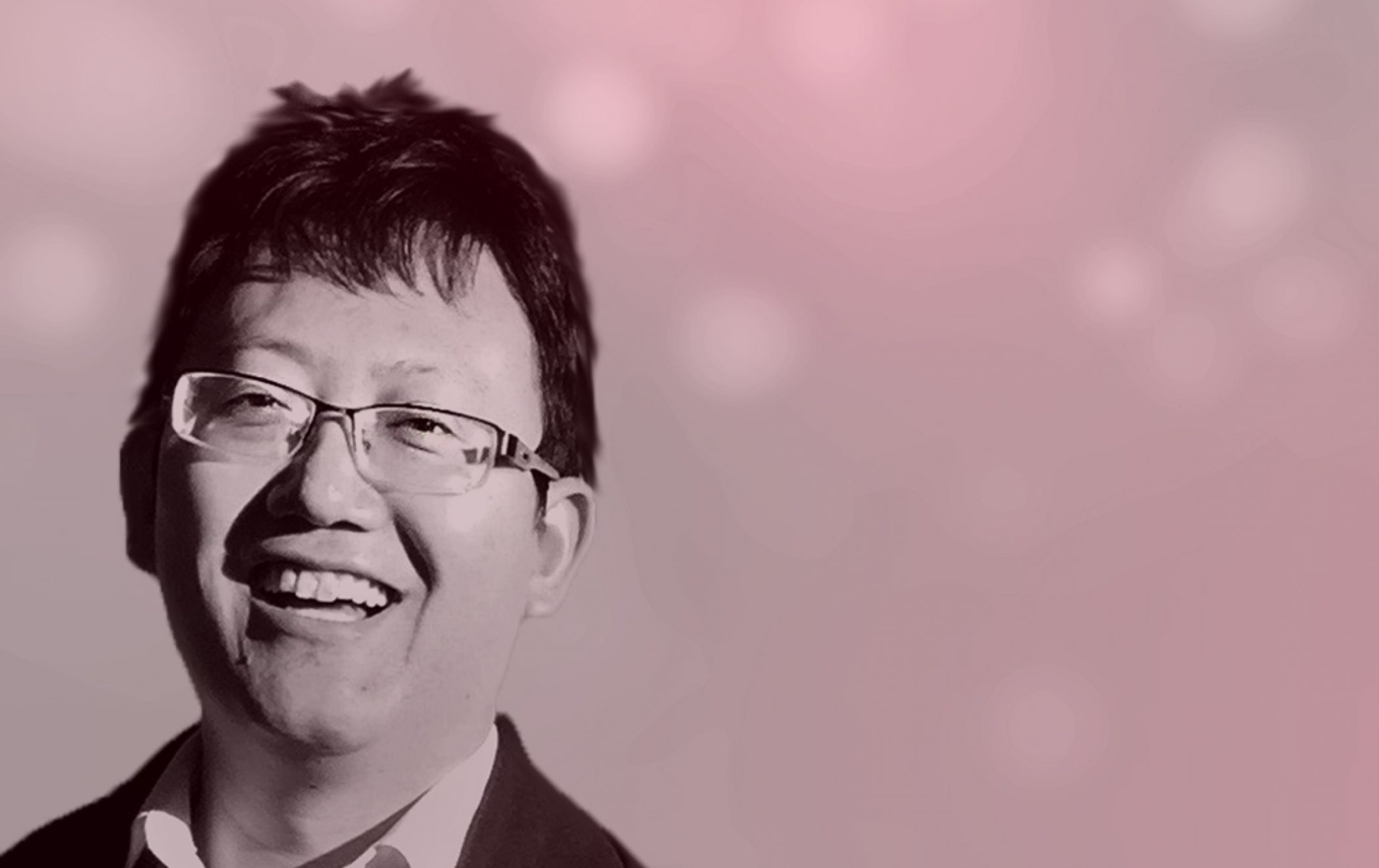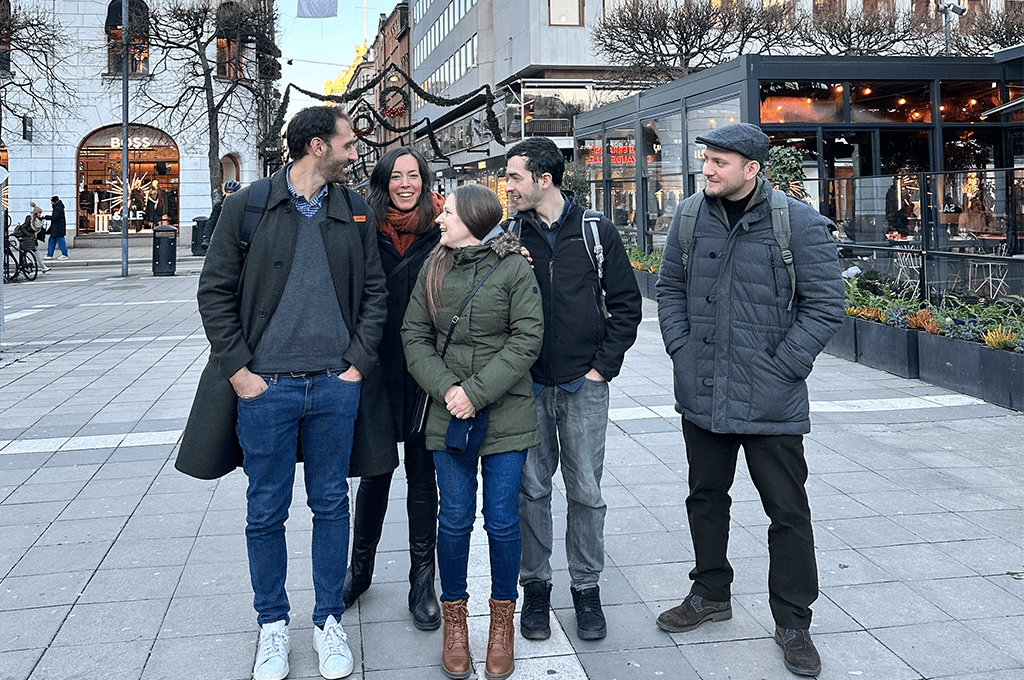Junyue Cao awarded the Grand Prize for developing four new single-cell genomics techniques
Scientific fiction reader Junyue Cao at Rockefeller University is awarded the Science & SciLifeLab Prize for Young Scientist’s Grand Prize in the category Genomics, Proteomics, and Systems Biology Approaches for his work with single-cell genomic methods. For the next five years, his hope is to develop novel techniques to understand how our bodies maintain cell population homeostasis – and how this homeostasis is disrupted in aging or disease.
Junyue received his PhD in Genome Sciences from the University of Washington and today, he is an assistant professor at the Rockefeller University. He wins the Grand Prize of the Science & SciLifeLab for Young Scientistsfor his work on single-cell genomic methods, which enable the developmental mapping of entire organisms.
“This award is a great honor to me. I want to thank the organizers and committee for recognizing our work. Also, I feel thankful for all the support that I have received from my Ph.D. mentor Dr. Jay Shendure, my colleagues, friends, and family”, Junyue says. “Meanwhile, this award is a huge encouragement to me. I am very grateful for the chance to pursue science in such a vibrant and supportive community. As I recently started my lab at Rockefeller University, I also hope to create an encouraging environment for my students and support them to pursue the biological questions of their interest.”
How can the results of your research be applied by other scientists?
“My work focuses on developing high-throughput single-cell genomic techniques to study the life generation process. As the cell is the basic functional unit of our body, we need to characterize each cell’s state and dynamics comprehensively to understand the development process. However, one significant challenge is that there are millions of cells in mammalian tissues, and the cell number is much higher than the throughput of current single-cell profiling methods.”
“To get over these challenges, I developed four techniques in the last several years. Compared with conventional single-cell profiling techniques that can only profile several hundred or thousands of cells, the new methods increase the throughput to millions of cells, with only a tenth the cost compared with commercial techniques. These techniques do not need any special equipment, meaning almost any lab in the world can use them in their research, andthe technique framework can be applied to a broad range of biological systems or disease models. To facilitate the broad application, we published the detailed experiment protocol online so everyone can try our methods. Our goal is that research labs worldwide can use these techniques like standard molecular biology methods, such as western blot or flow cytometry, to help solve their biological questions.”
What influenced your decision to go for a PhD in Genome Sciences?
“Before I started my Ph.D., I was specifically interested in mammalian development, especially how life is generated in early development and how it is disrupted in the aging process. And I think the key to answering this question is to characterize each cell’s dynamics in vivo. One challenge for this aim is that we have hundreds of diverse cell types in our body, and it is incredibly challenging to separate different cell types by conventional approaches. I was really amazed by the ability of genomic sequencing techniques to profile tens of thousands of gene expression or epigenetic markers in a single experiment, and thus wanted to pursue a Ph.D. in Genome Sciences.”
What is the biggest challenge in your current work on profiling and perturbing cell dynamics at single-cell resolution?
“For the next five years, I hope to develop novel techniques to understand how our body maintains cell population homeostasis and how this homeostasis is disrupted in aging or disease. For this aim, we need to quantitatively characterize the proliferation, apoptosis, and differentiation of hundreds of different cell types inside our body. However, this is exceptionally challenging, as we currently do not have any approaches to accomplish this aim. For example, current imaging techniques are limited in visualizing cell dynamics beneath our skin. And almost all sequencing techniques can only take a snapshot of cells, with all temporal information lost. For the next step, we hope to get over this limitation by developing new single-cell genomic approaches to recover both gene expression and temporal dynamics of millions of cells across diverse tissues in aging and disease progression.”
What do you like to do in your spare time?
“I usually have an after-dinner walk along the east river every day with my wife and kids. My wife Wei and I were both graduate students of the same department of genomic science. We usually talk about new technique ideas and unique biological insights we can learn in our research. I also enjoy our family trips to nearby parks every weekend, and it is a great moment to fresh my mind.”
What are you reading right now, and what is your favourite genre?
“I enjoy reading scientific fiction novels. One of my favorite novels is ‘The three-body problem’.”





